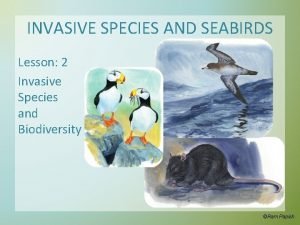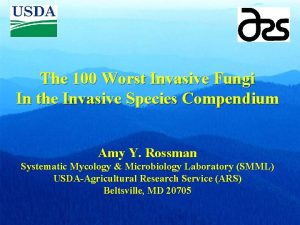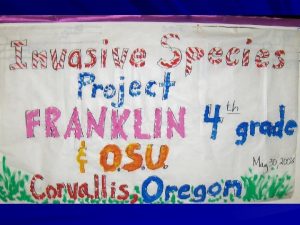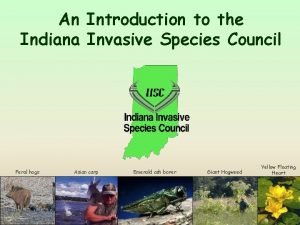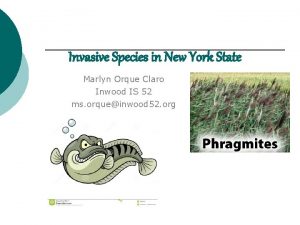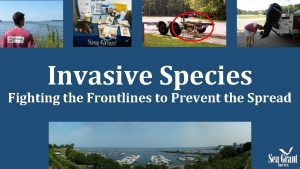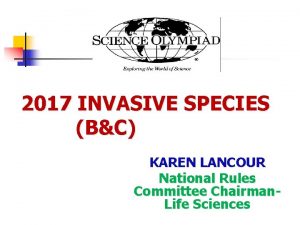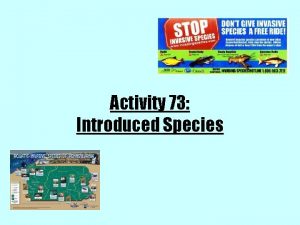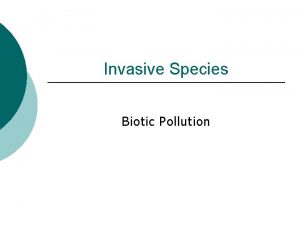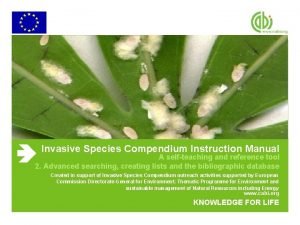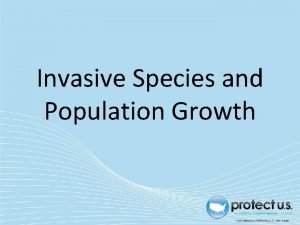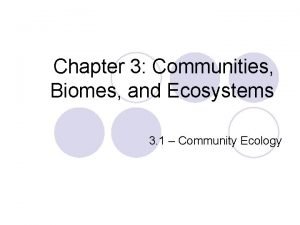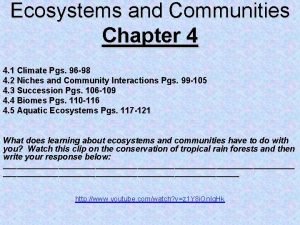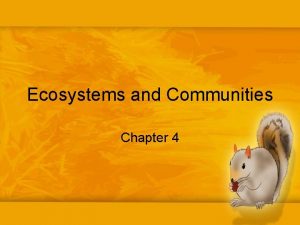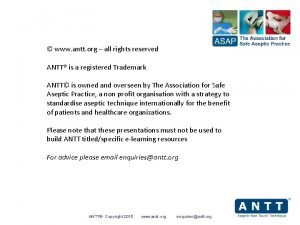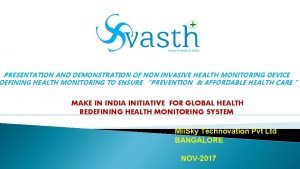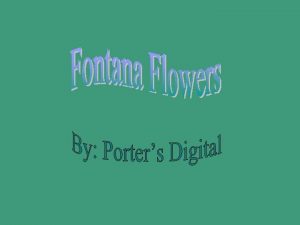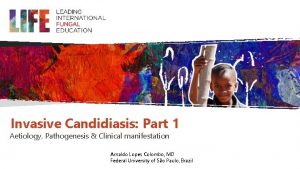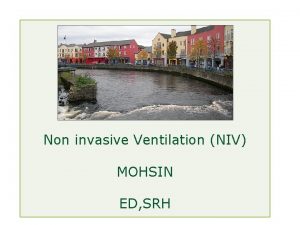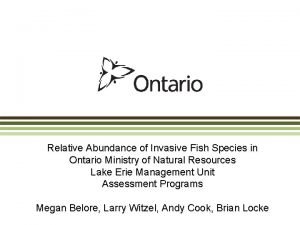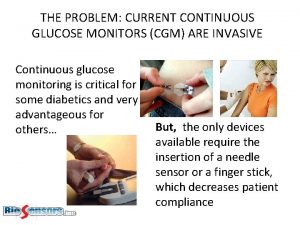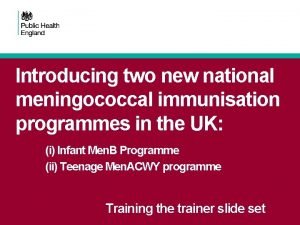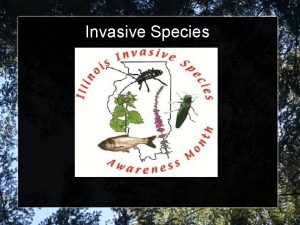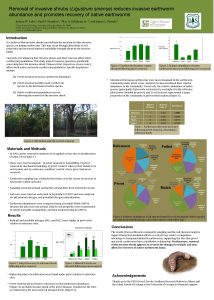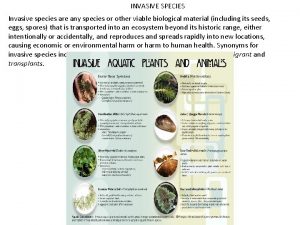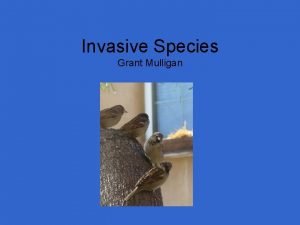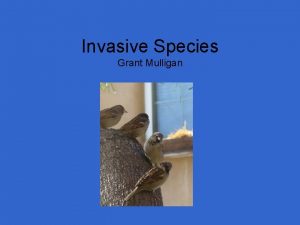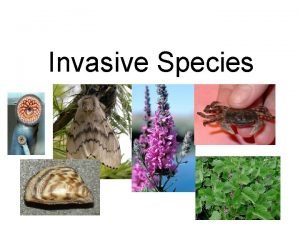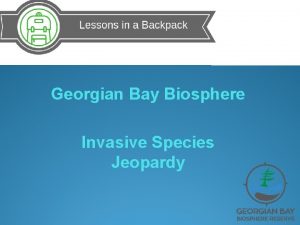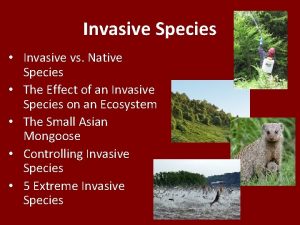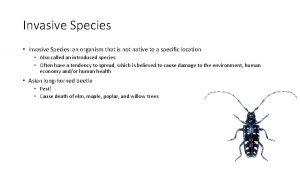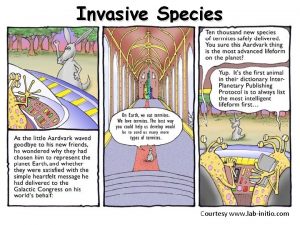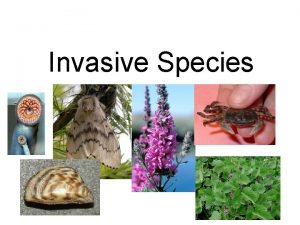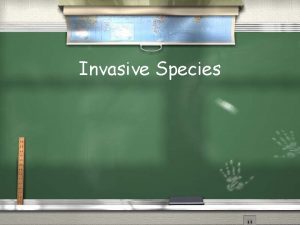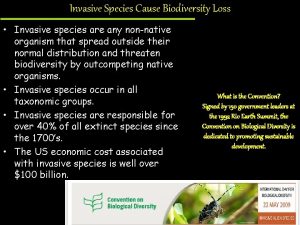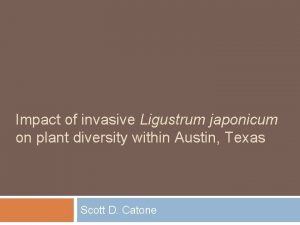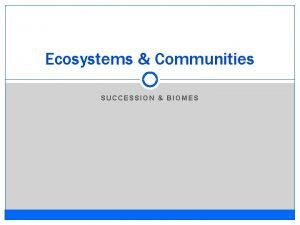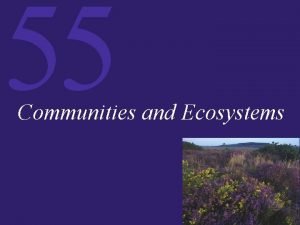Species Communities Ecosystems Compare these invasive species Ligustrum
































- Slides: 32

Species, Communities & Ecosystems




Compare these invasive species: Ligustrum sinense Elaeagnus umbellata Triadica sebifera Vitex rotundifolia Lonicera japonica Pueraria montana














Food webs show all of the feeding relationships within a habitat. Read this research article and generate a food web. The state of the oceans, part 2: Delving deeper into the sea's bounty. John Tibbetts This is a good thing.

Food webs show all of the feeding relationships within a habitat. Read this research article and generate a food web. The state of the oceans, part 2: Delving deeper into the sea's bounty. John Tibbetts This is a good thing.

Food webs show all of the feeding relationships within a habitat.

Food webs show all of the feeding relationships within a habitat.









Design an Ecosystem Project Groups of 3 - 4 You must design an ecosystem that will can be sustained in a sealed mesocosm for the next month. Requirements - Utilize at least two plastic bottles in your ecosystem - Include a terrestrial and an aquatic ecosystem in the sealed mesocosm - The two environments must be able to interact with each other (i. e. nutrients must be able to move between them) - Consider some aspect that you would like to test each week about your ecosystem and plan for testing it each Friday. (dissolved O 2, CO 2, Soil p. H, Temperature, Nitrates) First Step – Do research using the following terms “Ecocolumn”, “Sealed Mesocosm”, “Biology In a Bottle” to get ideas. Sketch out a plan for how you want to construct your Ecosystem. Remember the nutrients that need to be cycled through the ecosystems! Second Step – Gather the materials for construction of your mesocosm. If you would like any fish or small invertebrates to live in your ecosystem, you need to provide them. I have the following : Gravel, Water Plants, Water, Soil, Netting, Bottles, Tape, Scissors, Terrestrial Plants Third Step – Implement your design! Set up each of the mesocosms in a sink (in case they leak), and observe the variable you decided to measure each week!

First Step – Do research using the following terms “Ecocolumn”, “Sealed Mesocosm”, “Biology In a Bottle” to get ideas. Sketch out a plan for how you want to construct your Ecosystem. Remember the nutrients that need to be cycled through the ecosystems! Third Step – Implement your design! Set up each of the mesocosms in a sink (in case they leak), and observe the variable you decided to measure each week! Second Step – Gather the materials for construction of your mesocosm. If you would like any fish or small invertebrates to live in your ecosystem, you need to provide them. I have the following : Gravel, Water Plants, Water, Soil, Netting, Bottles, Tape, Scissors, Terrestrial Plants
 What are types of ecological succession
What are types of ecological succession Invasive species characteristics
Invasive species characteristics Invasive fungi
Invasive fungi Naturalized species definition
Naturalized species definition Are invasive species always bad
Are invasive species always bad Indiana invasive species council
Indiana invasive species council Invasive species investigator worksheet
Invasive species investigator worksheet Invasive species characteristics
Invasive species characteristics Invasive species act ontario
Invasive species act ontario Invasive species laws
Invasive species laws Invasive species investigator worksheet
Invasive species investigator worksheet Invasive species characteristics
Invasive species characteristics Invasive species compendium
Invasive species compendium Invasive species growth curve
Invasive species growth curve Three biotic factors
Three biotic factors Parasitism examples
Parasitism examples Ecosystems and communities chapter 4 answer key
Ecosystems and communities chapter 4 answer key Valid safeguards in antt
Valid safeguards in antt Minimally invasive surgery
Minimally invasive surgery Non invasive health monitor
Non invasive health monitor Sesleria autumnalis spacing
Sesleria autumnalis spacing Invasive candidiasis
Invasive candidiasis Invasive ductal carcinoma with medullary features
Invasive ductal carcinoma with medullary features Least invasive intervention teach like a champion
Least invasive intervention teach like a champion Lerman non invasive halo
Lerman non invasive halo Non invasive ventilation
Non invasive ventilation Invasive beatmung über tracheostoma
Invasive beatmung über tracheostoma Doc for invasive aspergillosis
Doc for invasive aspergillosis Ontario invasive fish
Ontario invasive fish Noninvasive glucose meter
Noninvasive glucose meter Non invasive ventilation
Non invasive ventilation Invasive meningococcal disease
Invasive meningococcal disease Lerman halo
Lerman halo

